Mere Exposure Effect in Dating: How Frequent, Genuine Contact Builds Romantic Attraction
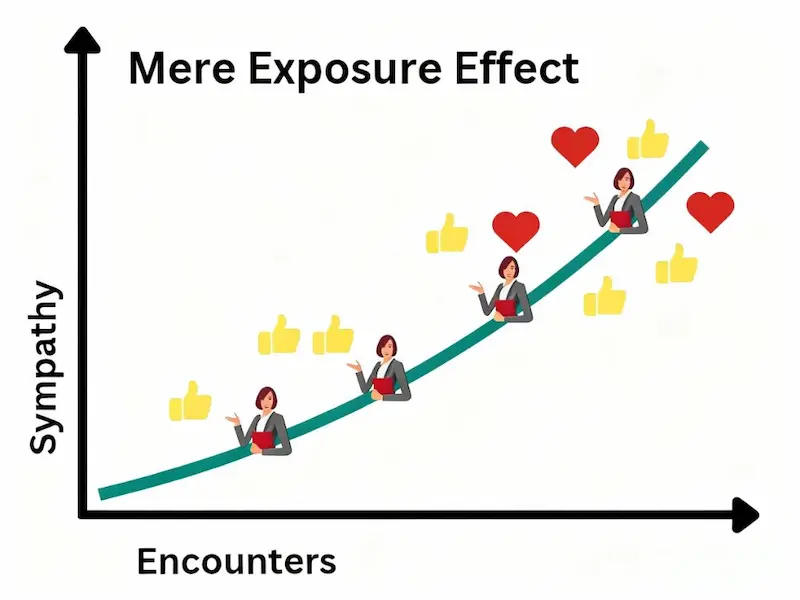
Table of Contents
Introduction: The “Familiarity = Attraction” Secret in Dating
You’ve probably heard someone say, “I didn’t like them at first—but the more I saw them, the more I liked them.” That’s not just a random feeling—it’s the mere exposure effect in action. While “love at first sight” makes for great movies, most real-life romantic connections grow from repeated, casual interactions.
In fact, a 2023 survey by the Pew Research Center found that 62% of U.S. adults in long-term relationships said their feelings developed gradually, not instantly. This isn’t just about shared values or chemistry; the mere exposure effect—our tendency to favor things (or people) we encounter frequently—plays a huge role. Let’s break down what this effect is, how it shapes dating, and how you can use it to build genuine attraction.
What Is the Mere Exposure Effect?
The mere exposure effect, also called the “familiarity principle,” is a well-documented psychological phenomenon: the more often we’re exposed to a stimulus (like a song, a logo, or a person), the more we tend to like it—even if we don’t realize it.
The Science Behind the Mere Exposure Effect
The effect was first formalized by American psychologist Robert Zajonc in the 1960s. In his groundbreaking 1968 study, Zajonc showed participants random stimuli: meaningless syllables (like “kiki” or “baba”), abstract shapes, and even Chinese characters (which most participants couldn’t read). He repeated some stimuli more often than others—and the results were clear:
- Participants rated stimuli they’d seen 10 times as “more pleasant” than those they’d seen only once.
- Even when participants couldn’t remember how many times they’d seen a stimulus, their preference for it still increased with exposure.
For dating, this translates to a simple rule: The more you interact with someone (in low-pressure, positive ways), the more likely they are to feel positively toward you. It’s not about “tricking” someone—it’s about letting familiarity dissolve awkwardness and build comfort.
Mere Exposure Effect Examples in Real-Life Dating
The mere exposure effect isn’t just a lab theory—it plays out every day in how people meet and fall for each other. Here are two common examples that show it in action:
Campus Relationships: From Study Buddies to Partners
College is a hotbed for the mere exposure effect, thanks to shared spaces like lecture halls, libraries, and club meetings. Take Emma and Liam, two juniors at University :
- They first met in a large psychology lecture but didn’t talk beyond a quick “excuse me” when grabbing seats.
- A month later, both joined the campus hiking club. They started carpooling to weekly trails, chatting about class and their love for outdoor gear during the drive.
- By the end of the semester, they were studying together for finals and eventually asked each other out. “I didn’t think much of him at first,” Emma told a campus blog. “But seeing him every week—laughing, helping plan trips—made me realize how much I liked being around him.”
This isn’t an anomaly. A 2022 study by the University of California, Los Angeles (UCLA) found that 38% of college couples formed after frequent, low-stakes interactions (like club meetings or study groups)—nearly double the rate of couples who met through one-time events (like parties).
Office Romance: From Coworkers to Couple
The workplace is another common setting for the mere exposure effect, as colleagues share daily routines, projects, and even small frustrations (like a broken coffee machine). Consider Mia and Jake, who worked at a digital marketing agency :
- They were assigned to the same client account in 2021, meaning they had daily check-ins, weekly team calls, and even late nights finishing a campaign.
- At first, they clashed over creative ideas—Mia preferred bold visuals, while Jake focused on data. But over time, they started to appreciate each other’s strengths: Mia admired Jake’s attention to detail, and Jake loved Mia’s ability to think outside the box.
- After the client campaign wrapped, they grabbed drinks to celebrate—and realized their “work friendship” had turned into something more. “We saw each other at our most stressed and our most proud,” Jake said. “That regular contact made me feel like I really knew her.”
The Society for Human Resource Management (SHRM) reports that 22% of U.S. employees have dated a coworker—and many cite “frequent, collaborative interactions” as the starting point.
How the Mere Exposure Effect Works in Dating (The Science)
Why does seeing someone more often make us like them? It boils down to four key psychological mechanisms—all rooted in how our brains process familiarity:
- Familiarity = Safety (Evolutionary Instinct)
Our brains are wired to prioritize safety. The American Psychological Association (APA) notes that this preference for familiarity comes from our evolutionary past: In prehistoric times, things we saw often (like a nearby tree or a group member) were less likely to be threats. For dating, this means: When you see someone regularly, your brain stops viewing them as a “stranger” (and potential threat) and starts seeing them as “safe.” For example, if you run into someone at your local coffee shop every Saturday, your brain will eventually associate them with the comfort of your weekend routine. - Cognitive Ease = Positive Feelings
When we’re exposed to something repeatedly, our brains process it more easily—a state called “cognitive ease.” Research from Stanford University’s Department of Psychology (2019) found that repeated exposure to a person lowers activity in the prefrontal cortex (the part of the brain linked to anxiety and decision-making). This “ease” feels good—and we start linking that good feeling to the person. Think about it: The first time you talk to someone new, you might feel nervous (your brain is working hard to “figure them out”). But after the fifth or sixth chat? The conversation flows better, and you leave feeling happier—because your brain isn’t working overtime. - Self-Verification: Reinforcing Our First Impressions
We all want to be “right” about our judgments. If you first think someone is friendly (say, they held the door for you), repeated interactions will let you confirm that impression (they smile at you every time you pass). This “self-verification” makes you feel confident in your opinion—and strengthens your positive feelings. For example: If you meet someone at a party and think they’re funny, seeing them again at a friend’s BBQ (and hearing them make everyone laugh) will make you like them even more—because you’re proving your first thought was correct. - Emotional Transfer: Linking Good Moments to Them
When you’re around someone during positive experiences, you unconsciously link those good feelings to them. This is called “emotional transfer.” For example: If you and a crush both attend a fun concert or a casual backyard BBQ, the joy you feel from the event will rub off on your perception of them. A 2020 study in the Journal of Social and Personal Relationships found that couples who shared “low-key positive experiences” (like trying a new bakery or watching a comedy special) early on reported stronger attraction than those who only had “big” dates (like fancy dinners).
How to Use the Mere Exposure Effect to Build Attraction (Without Being Creepy)
The mere exposure effect works—but only if you use it thoughtfully. The goal is to build familiarity, not pressure. Here are four actionable, respectful ways to apply it:
1. Increase Low-Pressure Interactions (Not Stalking)
The key word here is “low-pressure.” You don’t need to plan grand meetings—just find natural ways to be in the same space. For example:
- If you like someone in your gym, try going at the same time a few days a week (and give a quick “hi” if you pass them by).
- If they’re in your book club, contribute to the discussion regularly (but don’t dominate it) so they notice your presence.
- If you work in the same building, grab coffee from the same café around the same time—smile and say, “Nice to see you again!” if you run into them.
Pro tip: Never change your routine only to see them. It will feel forced, and it could make them uncomfortable. Stick to things you already enjoy—you’ll be more relaxed, and the interaction will feel genuine.
2. Keep Your Image Consistent (And Positive)
The mere exposure effect reinforces both good and bad impressions. If you’re friendly one day and rude the next, repeated exposure will make them remember the rudeness. To keep things positive:
- Always be polite (say “please” and “thank you,” listen when they talk).
- Show your personality: If you love hiking, mention your weekend trail in a casual chat. If you’re into baking, bring in cookies for your team (including them) once in a while.
- Avoid complaining excessively. Everyone has bad days, but if you’re always negative, they’ll link that negativity to you.
3. Create Shared Experiences (Beyond “Hi”)
Familiarity grows faster when you do things together, not just pass each other by. Try small, low-commitment activities:
- Ask them to join a casual group outing: “A few of us are going to try that new taco spot downtown—want to come?”
- Share a quick, relevant resource: If they mentioned liking indie movies, send them a link to a local film festival with a note: “Thought you might like this!”
- Join a class or club they’re in (if it’s something you’re actually interested in). For example, if they take yoga, sign up for the same session (but don’t sit right next to them—give them space).
4. Mix Up Your Contact (Don’t Rely on One Channel)
Familiarity doesn’t have to be in-person. Use multiple, gentle ways to stay on their radar:
- If you’re connected on social media, like or comment on one of their posts once every few weeks (not every single one). Keep it genuine: “That hike looks amazing! Where was this?”
- Send a short, friendly text if you think of them: “Saw this article about [their favorite band] and thought of you!”
- If you run into them in person, follow up later with a quick message: “Nice chatting about the game yesterday—hope your team wins next time!”
Important note: Always respect their boundaries. If they don’t reply to texts or seem uninterested in chatting, back off. The mere exposure effect works when both people feel comfortable—not when one feels pressured.
The Big Caveat: Mere Exposure Isn’t Enough
The mere exposure effect is a powerful tool—but it’s not a magic wand. For a relationship to last, you need more than familiarity. Here’s what to remember:
- Genuine connection matters most: If you don’t share any common values or interests, even 100 interactions won’t make someone fall for you. The mere exposure effect helps reveal attraction—it doesn’t create it out of thin air.
- Respect is non-negotiable: If someone says they’re not interested, no amount of “exposure” will change that. Pushing forward will only hurt your reputation and make them uncomfortable.
- Be yourself: Familiarity works when you’re being genuine. If you pretend to like hiking just because they do, they’ll eventually realize it—and the trust will break.
CTA
The mere exposure effect demystifies one of dating’s biggest truths: Love often grows from “seeing each other again” — not “seeing each other for the first time.” By understanding how familiarity builds comfort, and using low-pressure, genuine interactions to boost that familiarity, you can create the space for attraction to bloom.
But remember: The effect works best when it’s paired with authenticity. Be kind, respect boundaries, and let the relationship develop at its own pace.
Have you ever experienced the mere exposure effect in your dating life? Maybe you started liking someone after seeing them at your favorite café, or a coworker turned into a partner. Share your story in the comments below—we’d love to hear it! And if you know a friend who’s struggling to build connections, pass this article along—it just might help them find their person.

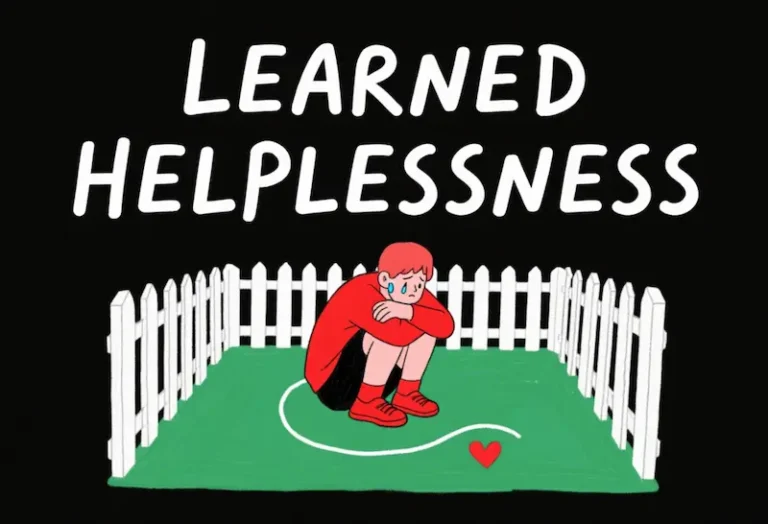

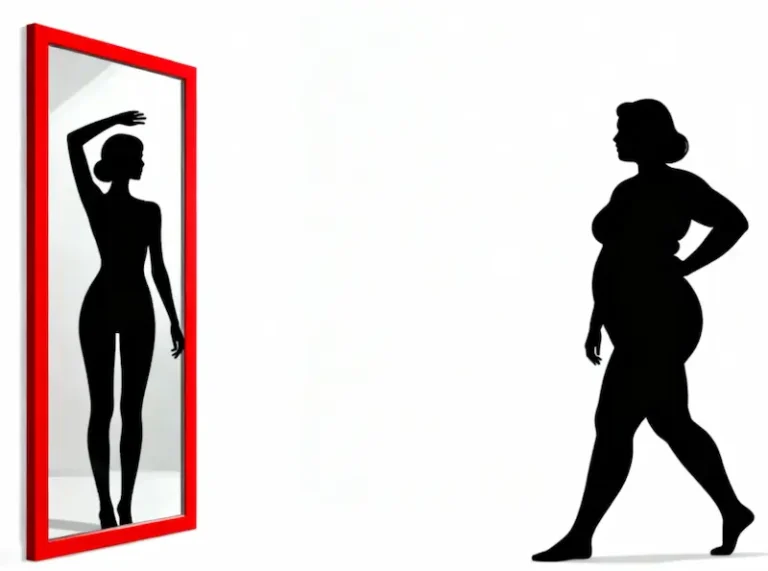
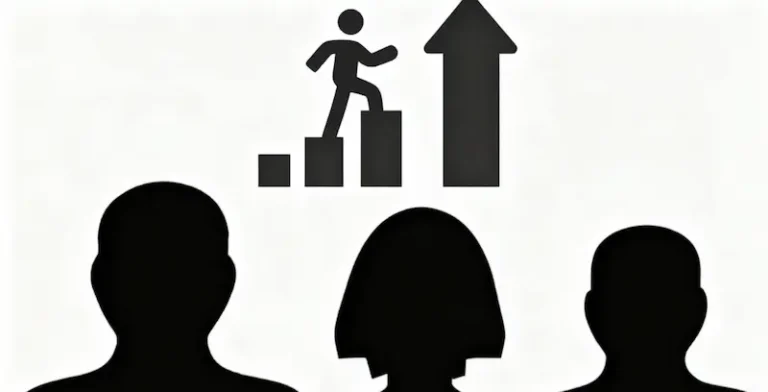
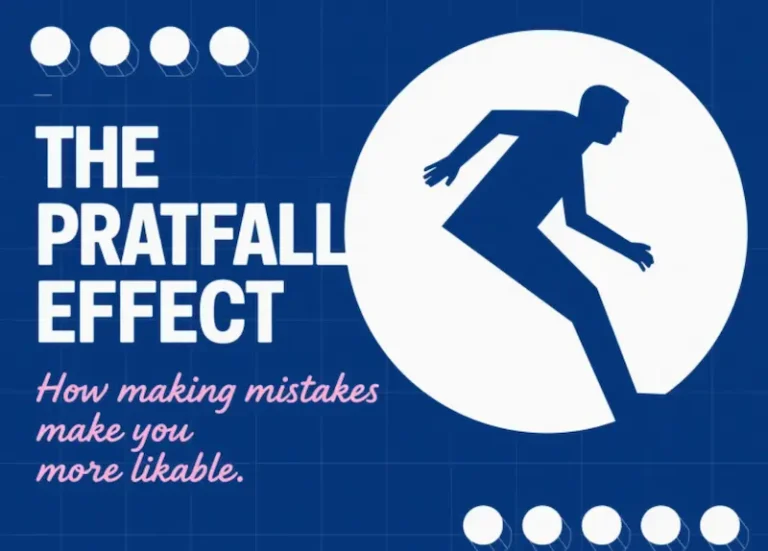
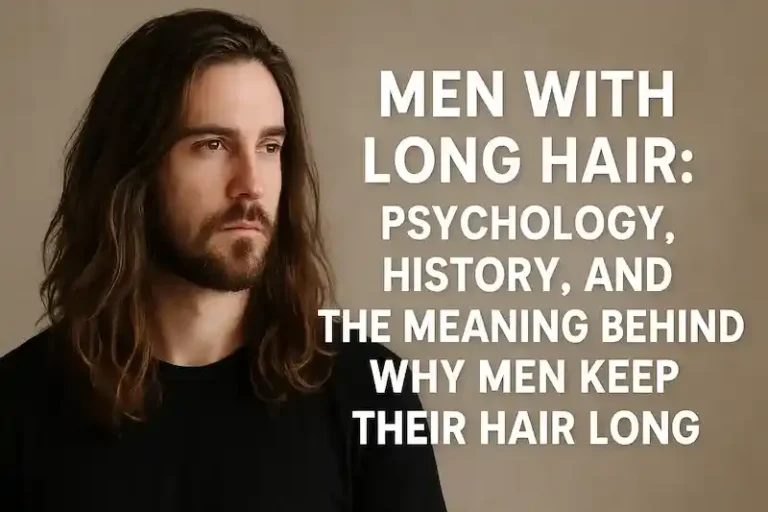
Throughout the awesome pattern of things you’ll receive a B+ just for effort and hard work. Where exactly you confused us was in all the details. As they say, the devil is in the details… And it couldn’t be much more correct here. Having said that, let me tell you what did deliver the results. The article (parts of it) is rather persuasive and that is probably the reason why I am taking an effort to opine. I do not make it a regular habit of doing that. Second, despite the fact that I can see a jumps in logic you come up with, I am not convinced of how you appear to connect the details which inturn make your final result. For right now I will yield to your point but hope in the future you actually connect your facts better.
Hi there! This is my first comment here so I just wanted to give a quick shout out and tell you I truly enjoy reading your articles. Can you recommend any other blogs/websites/forums that go over the same topics? Thank you!
Thankyou for helping out, superb info .
I like this web blog its a master peace ! Glad I detected this on google .
There is obviously a bundle to realize about this. I assume you made various nice points in features also.
Spot on with this write-up, I actually suppose this web site needs far more consideration. I’ll most likely be once more to read far more, thanks for that info.
Good perspective
Excellent overview